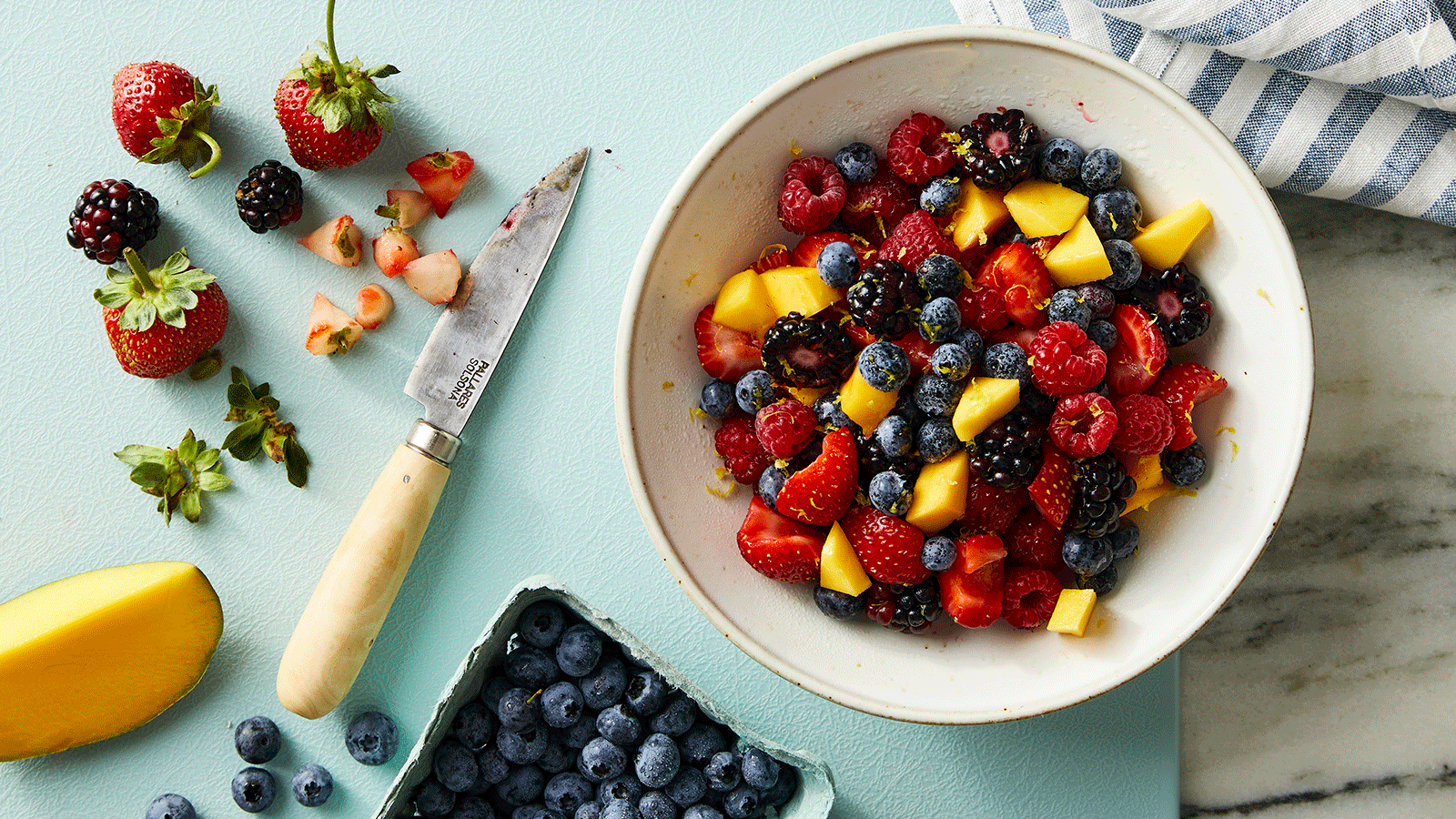How to stop rising food costs from derailing your weight loss


The cost of living, including food bills, has risen significantly in recent years, making it harder to prioritise healthy eating. However, rising food costs don't mean you have to give up on your weight-loss goals. Here are some practical tips to help you eat healthier and stay on budget.
Two facts about rising food costs
#1: A fresh, whole-food diet is still the cheapest option for most Australian families
Yep, that’s despite the recent hike in the consumer price index. Research on household family shopping baskets from the University of Wollongong confirms it.
“While we have experienced a major fresh produce price crisis this year, it is heartening to see in this data that the average cost of eating a diet rich in seasonal fruit and vegetables is still the most affordable option in this country,” Dietitians Australia CEO Robert Hunt said in response to the research.
In fact, be smart about it and the research shows that sticking to a healthy diet could actually save you between $63 and $78 per week. This is because the average Australian diet is significantly more expensive compared to eating a nutritious and balanced one.
#2: Healthy, whole-food diets that support weight loss are cheaper than many other ‘weight-loss diets’
According to research from the University of South Australia, released in March 2022, dieting can be significantly more expensive. The study compared various weight-loss programs, including those that restrict food groups (like the keto diet), alter eating patterns (like intermittent fasting), or rely on meal-replacement products, with balanced eating plans designed to support weight loss. It found that restrictive diets can cost up to $220 more per week.
Additionally, the researchers noted that restrictive weight-loss diets can lead to unhealthy relationships with food and increase the risk of nutritional deficiencies. Contrary to popular belief in Australia, consuming a healthy diet consisting of the five key food groups—such as the approach taken by WeightWatchers®—is not necessarily more expensive
How to eat a healthy diet without breaking the bank
Keen to eat well, reach your weight-loss goals and stick to your budget? This handful of tips may help:
- Eat seasonally
Eating fruits and vegetables that are in season not only enhances their taste and extends their shelf life but also tends to be more cost-effective. For instance, in spring, focus on vegetables like Asian greens, zucchini and asparagus, and spring fruit such as passionfruit, strawberries and melons. During summer, enjoy tomatoes, cucumbers and berries. In autumn, incorporate pumpkin, sweet potatoes and apples into your meals. Lastly, in winter, turn to root vegetables like carrots and parsnips, along with citrus fruits like oranges and grapefruits. By embracing seasonal produce, you can enjoy fresh, flavourful, and budget-friendly meals year-round.
- Plan your meals
As well as helping you stick to a healthy, balanced diet, planning meals for the week ahead—and grocery shopping with a list, based on that meal plan—is a simple yet effective way to save money, too.
- Avoid wasting food
For something that’s considered a fairly large expense for most households, we certainly throw a lot of food away. In fact, statistics show that, as a nation, we throw out one in every five bags of groceries we buy, which means that more than $1,000 worth of food ends up in the average household’s bin each year. By planning your meals and shopping with a list you’re already on your way to reducing food waste. Other tips include cooking and preparing the right amount of food, storing food correctly to keep it fresh and making the effort to eat or use any leftovers. That’s important, considering more than a quarter of the food we throw away is in the form of leftovers.
WeightWatchers members can also use the ‘What’s in your fridge?’ tool in the app to avoid wasting food. Notice you’ve got some chicken, spinach or pumpkin in the fridge that you need to eat before it’s past its best, but you’re stuck for inspiration? Select one or more ingredients you have to hand and the app will find a selection of recipes for you to choose from, it's that simple!
- Cook budget-friendly meals
With a bit of knowledge and creativity, creating healthy, nutritious meals on a budget can be simpler than you think. As well as choosing fresh fruits and vegetables that are in season, to keep costs down you can also:
> Use plant-based proteins, like lentils, chickpeas and tofu, to replace some of the meat in recipes. If you haven’t already, you could also commit to having one or two ‘meat-free days’ a week.
> Use canned foods, like tomatoes, legumes, fish and other fruit and vegetables—including peaches and pears, corn and beetroot. They’re often cheaper than fresh options, have long shelf lives, and can be just as nutritious as fresh varieties. Try to choose fruit that’s canned in juice rather than syrup, and look for vegetables and legumes that are labelled as ‘no added salt’ or ‘salt reduced’. And avoid cans that are dented or damaged.
> Stock up on frozen vegetables. As well as often being cheaper, storing a selection of these in the freezer means you have options when fresh produce isn’t available or is out of season.
- Lean on ‘home brands’
These are often much cheaper, without sacrificing quality, particularly when it’s a product that only has one or a few ingredients, like canned legumes, flour or rolled oats.
The bottom line
Sticking to a healthy diet and achieving your weight-loss goals doesn't have to be expensive. By eating seasonally, planning your meals, reducing food waste and cooking budget-friendly meals, you can eat well and save money.
